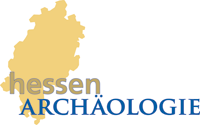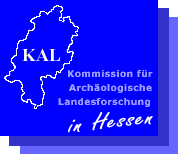Landes-Offensive zur Entwicklung Wissenschaftlich-ökonomischer Exzellenz (LOEWE)
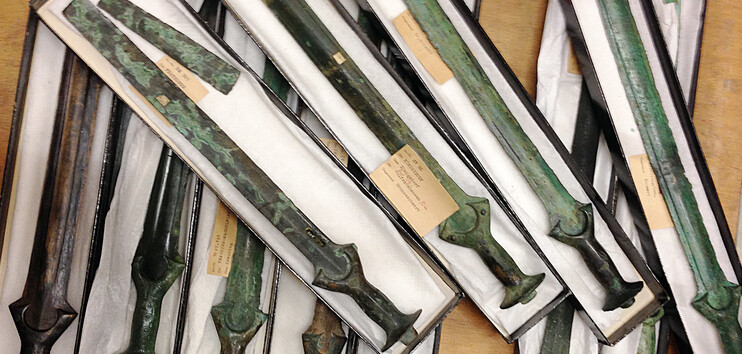
Prehistoric Conflict Research – Bronze Age Fortifications between Taunus and Carpathian Mountains
|
|
|
The empirical research of the LOEWE focal point can only be based on case studies. We are therefore going to establish a scientific network connecting archaeologists from France to Moldavia in order to enhance the joint research on Bronze Age fortifications. |
|
|
In addition, the LOEWE focal point aims to cover violent conflicts, Bronze Age wars and the possibilities of conflict prevention within a larger theoretical and historical-cultural scope. This is why mediaevalists are also concerned with early medieval castles, while sociologists will examine fortifications and other structures of war in ethnographical contexts around the globe. |
|
|
The subject of prehistoric conflict research has become depressingly topical in the face of ongoing wars in Eastern Europe and Western Asia. Have there always been wars and do they hence form an integral part of humankind, or is it a historical phenomenon which can be overcome? Prehistoric Archaeology is quite suited to make an important contribution to the effort to answer these questions. |
|
The projects |
|
Press release regarding the appropriation of our 4th year of funding |
|
| Picture: Full-handle bronze swords of the Middle Bronze Age in the archive of the Bavarian State Archaeological Collection, Munich (photograph: R. Krause) |
|
| Logo: Depiction of a lion dated to the 4th millennium BC on a silver cup from the great kurgan of Maikop, northern Caucasus (graphical design: Anke Reuter) |
Research Coordinators:
Prof. Dr. Rüdiger Krause, Goethe-University Frankfurt (FB 09)
Prof. Dr. Dr. h.c. Svend Hansen, Deutsches Archäologisches Institut Berlin
Projects:
Archaeology in Romania and Hesse I:
Prof. Dr. Rüdiger Krause
Dr. des. Hélène Blitte
Archaeology in Romania und Hesse II:
Prof. Dr. Dr. h.c. Svend Hansen
Dr. Claes Uhnér
Dr. Daniel Neumann
Archaeobotany:
Dr. Astrid Stobbe, Goethe-University Frankfurt (FB 09)
Medieval Science:
Prof. Dr. Bernhard Jussen, Goethe-University Frankfurt (FB 08)
PD Dr. Thomas Kohl
Dr. des. Daniel Föller
Sociology:
Prof. Dr. Ferdinand Sutterlüty, Goethe-University Frankfurt (FB 03)
PD Dr. Matthias Jung
Dr. Andy Reymann
Administrativ coordination:
Marie-Hélène Haußels, Goethe-University Frankfurt (FB09)
Research advisory board:
Prof. Dr. Heidi Peter-Röcher, Julius Maximillians University Würzburg
Prof. Dr. Peter Ettel, Friedrich-Schiller-University Jena
Prof. Dr. Sighard Neckel, University Hamburg
Associated persons and institutions:
In Germany
In Romania
 |
Muzeul Banatului Timişoara
|
|
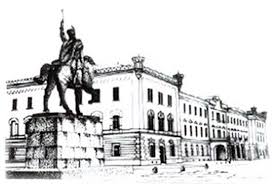 |
Muzeul National al Unirii Alba Iulia
|
|
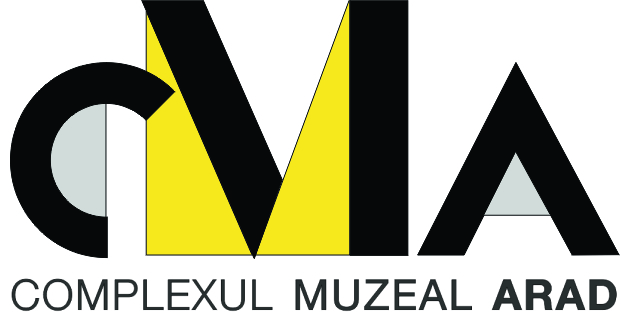 |
Complexul Muzeal Arad
|




